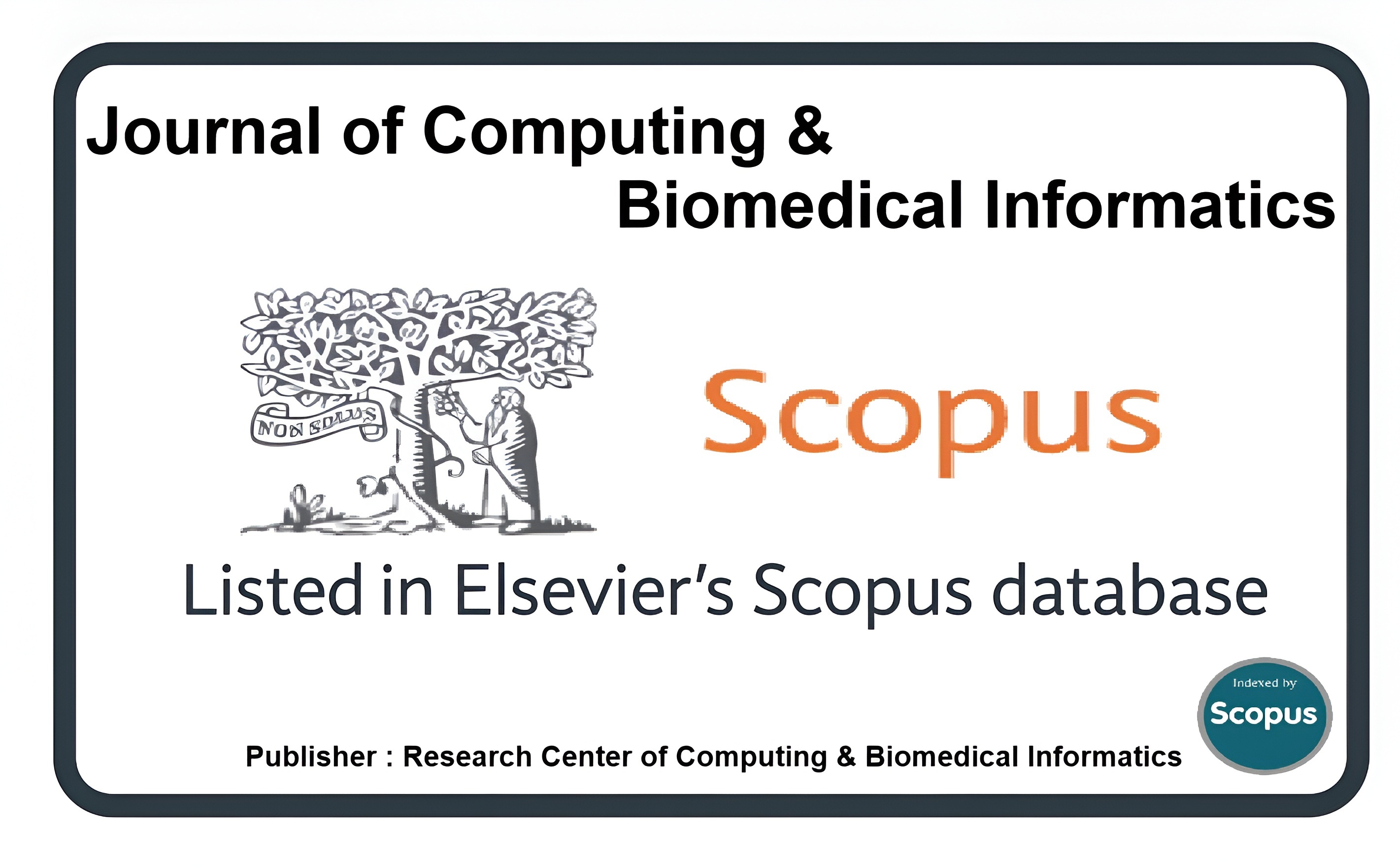Guardian Hive: Safeguarding IoT Devices with Honeypot Security
Keywords:
IOT, Honeynet, Open Authorization, MITM cyberattackAbstract
The word "Internet of Things (IoT)" denotes a modern concept that attempts to connect our current technology. The Internet evolved into the foundation for a wide range of objects uniquely linked inside the widely used Internet set-up known as the "Internet of Things." As IoT is widely used, devices are more susceptible to attacks from hackers. The IoT uses the honeypot concept to thwart these kinds of attacks. The security source of inspiration, a honeypot, is set up to entice criminals by acting as a false alarm. However, this process is limited to a unique machine, while the Honeynet is a network of Honeypots with high levels of interaction with them. As a result, we will apply the honeynet concept to the Internet of Things. This research focuses on how to defend against man-in-the-middle attacks on Internet of Things technology while enabling fraudulent assessment. This study integrates the OAuth authentication technique into the honeynet, enabling us to tackle the Internet of Things (IoT) issue, which is Man-in-the-Middle (MITM) attacks.
Downloads
Published
How to Cite
Issue
Section
License
This is an open Access Article published by Research Center of Computing & Biomedical Informatics (RCBI), Lahore, Pakistan under CCBY 4.0 International License





